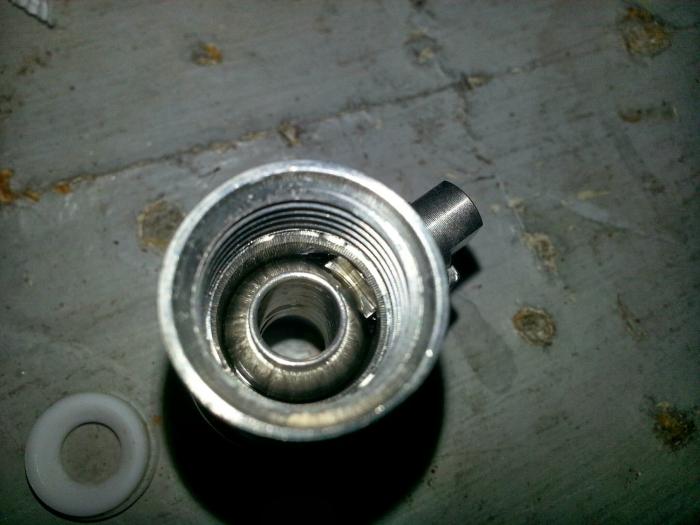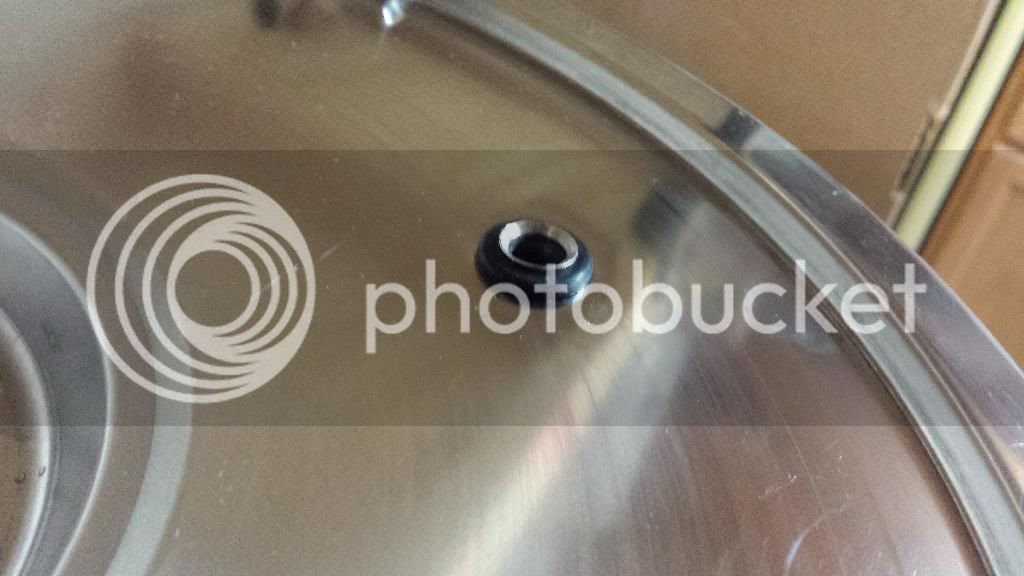This may be in this massive thread somewhere but.... I have 25 inches height to work with in my fermentation freezer, and I know the height of the bucket is approximately 21 inches. I have been wondering if the 4 inches is going to give me enough room for the airlock, or if not, whether I'll be able to use a blow off tube without it kinking too much.
There are some real advantages to this bucket, one of which is the valve. In terms of taking samples during fermentation would I have to take it out of the fermentation and have it on a counter or something to get enough room to pull a sample? It seems to me that it might be difficult using the valve if the bucket is sitting in a freezer or on the floor.
There are some real advantages to this bucket, one of which is the valve. In terms of taking samples during fermentation would I have to take it out of the fermentation and have it on a counter or something to get enough room to pull a sample? It seems to me that it might be difficult using the valve if the bucket is sitting in a freezer or on the floor.








